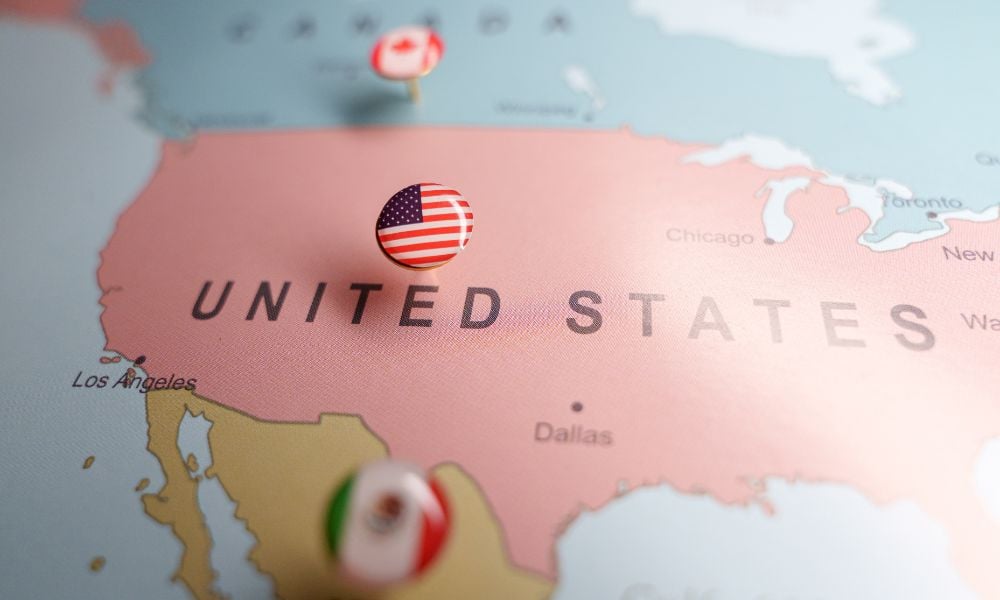Minimum wage rates will range from $16.00 to $17.60

The provincial governments of Ontario, Manitoba and Nova Scotia are increasing their respective minimum wage rates later this year.
Effective Oct. 1, 2025, the base pay in Ontario will be $17.60 an hour, up from the current $17.20 hourly rate.
“Ontario’s minimum wage remains one of the highest in the country. Now more than ever, workers and businesses need fair, balanced and predictable wages,” says David Piccini, minister of labour, immigration, training and skills development.
With the change, a worker making the general minimum wage and working 40 hours per week will see an annual pay increase of up to $835, according to the government.
Under the Employment Standards Act, Ontario’s minimum wage increases annually based on the Ontario consumer price index.
The increase in Ontario’s minimum wage comes following a similar change at the federal level.
Manitoba, Nova Scotia
Manitoba is also increasing its minimum pay rate later this year. By Oct. 1, the hourly rate will sit at $16, up from the current hourly pay of $15.80.
“This adjustment reflects Manitoba’s 2024 inflation rate of 1.1 per cent, rounded up to the nearest five cents,” says the government.
Nova Scotia is also set to increase its base pay rate on Oct. 1. The pay rate in the province will be $16.50 by then.
The province’s minimum wage increased to $15.70 per hour at the start of April.
“Inflation is putting pressure on Nova Scotians, and as a government, we must find ways to help,” says Nolan Young, minister of labour, skills and immigration. “This year, we’re implementing one of the most significant minimum wage increases in our Province’s history – one of the many ways our government is helping Nova Scotians keep up with the rising cost of living.”
On average, 7.3 per cent of workers – 33,700 Nova Scotians – earned the minimum wage between April 2024 and October 2024, according to the provincial government.
Several other provinces also had minimum wage increases earlier this year.
Many workers – even those earning $100,000 annually – are living paycheque to paycheque, according to a previous report.
And these increases do little to lower poverty rates and can actually hurt low-income workers, according to another report.
Here’s the breakdown of all minimum wage rates across Canada as of April 2, 2025:
|
Jurisdiction |
Hourly minimum wage rate |
Effectivity date |
|---|---|---|
|
Federal government |
$17.75 |
April 1, 2025 |
|
Alberta |
$15.00 |
June 26, 2019 |
|
British Columbia |
$17.85 |
June 1, 2025 |
|
Manitoba |
$15.80 |
Oct. 1, 2024 |
|
New Brunswick |
$15.65 |
April 1, 2025 |
|
Newfoundland and Labrador |
$16.00 |
April 1, 2025 |
|
Northwest Territories |
$16.70 |
Sept. 1, 2024 |
|
Nova Scotia |
$15.70 |
April 1, 2025 |
|
Nunavut |
$19.00 |
Jan. 1, 2024 |
|
Ontario |
$17.20 |
Oct. 1, 2024 |
|
Prince Edward Island |
$16.00 |
Oct. 1, 2024 |
|
Quebec |
$16.10 |
May 1, 2025 |
|
Saskatchewan |
$15.00 |
Oct. 1, 2024 |
|
Yukon |
$17.94 |
April 1, 2025 |




